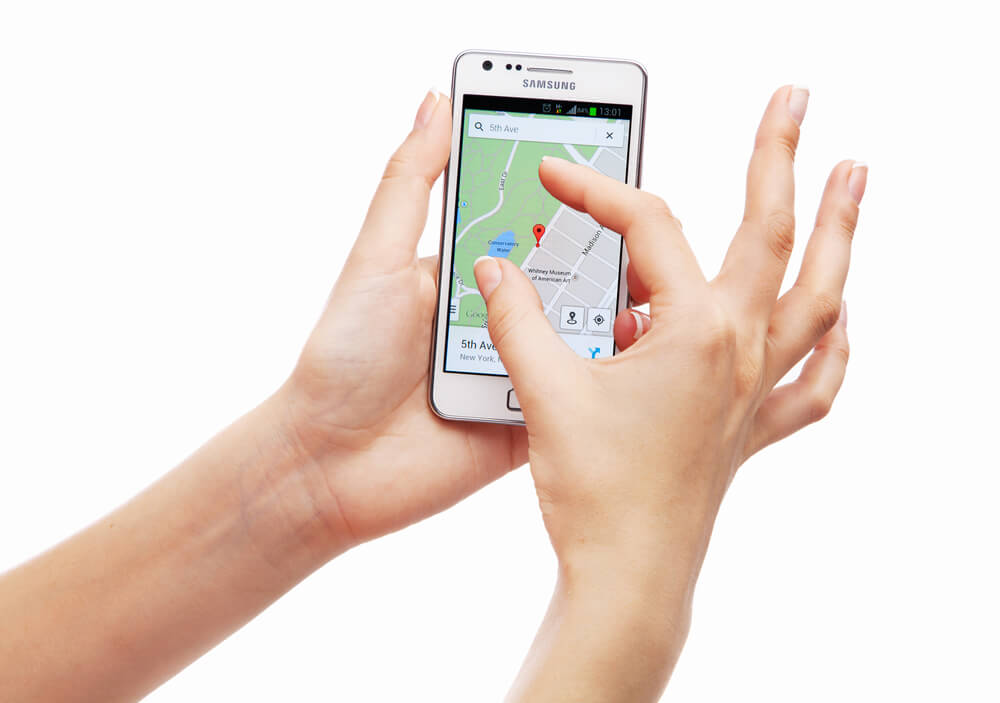
Think you have hyperlocal SEO all figured out? It’s unlikely, because just like other types of SEO, hyperlocal SEO best practices are constantly evolving.
Unfortunately, hyperlocal SEO is seen by many as an easy add-on or quick fix — which means it doesn’t get the careful attention it needs. Having no hyperlocal SEO is better than having poor-quality hyperlocal SEO. If you’re going to hyperlocalize your website (and you should), make sure you do it right.
Hyperlocal SEO is actually much more straightforward than some other SEO elements. However, it demands constant vigilance and the kind of attention to detail best found in an editor. One wayward comma or one number off and you’ve sabotaged all of your efforts.
Here are the most common hyperlocal SEO oversights and how to avoid them:
1. A weird phone number setup: A phone number can be written a couple of standard ways, including 555-555-1234 or (555) 555-1234. If you start getting creative with 555.555.1234 or other approaches, not all SEO algorithms will necessarily recognize this as a phone number. In fact, that last example looks a little like an IP address. Stay with what’s easily recognizable — to people and algorithms.
Keep in mind that using a tracking phone number, multiple numbers or changing your phone number can cause problems. It’s critical that you’re consistent in every, single online mention. In some cases, you may only be able to enter one phone number. If that’s the case (but you have several), choose one that will be primary and use it on all sites.
2. An outdated NAP: The name, address, and phone number (NAP) of your business is critical. If you’ve moved offices recently, updated to an 800 number or if your business name is typed in wrong, your hyperlocal efforts won’t be as strong as possible. Proofread. It’s so simple, and yet so often overlooked.
3. Failing to get on the right websites: You should be featured on some industry-specific websites, such as your local chamber of commerce. Otherwise, make sure your hyperlocal information is on Google Plus, Facebook, Yelp, Angie’s List (if appropriate), and Google Maps. Your business should be as easy to find as possible.
4. Not getting pinned: Pinning yourself on Google Maps and other mapping websites/apps/software is often a quick and easy strategy. It’s especially critical for brick-and-mortar businesses. If someone wants to find a Mexican restaurant to cater their next company event, and they want it to be within a one-mile radius, they might search directly on a map instead of a search engine. You don’t want to miss out on that business opportunity.
5. What social media? Whenever possible, list your company website, but don’t forget about social media. You can add a social media button on many websites and platforms to connect visitors directly to your Facebook, Twitter, Pinterest, YouTube channel and more. A lot of potential clients prefer to link up on social media rather than on a more formal website. This can be part of your hyperlocal strategy, especially if you post local events on these platforms.
6. Trying to rank for big geo-areas: Hyperlocal algorithms make it a lot easier to rank for small neighborhoods, rural towns or suburbs. It’s a lot tougher to rank for a sprawling metro area. Start small, such as in your district or neighborhood. Over time, as your hyperlocal efforts get stronger, you can move up to bigger metro areas — or even an entire state!
You don’t have to be a brick-and-mortar establishment to make use of hyperlocal SEO either — you can use it for online businesses in a specific regions or towns. For best results, call Be Locally SEO and let the experts take care of your hyperlocal SEO needs.
Want to know more about local SEO? Our expert recommends:
Local SEO Depends on Name, Address and Phone Number Consistency
Hyper-Local SEO: The Key to Improving Your Search Engine Ranking
How to Get Your Google Map Pin
